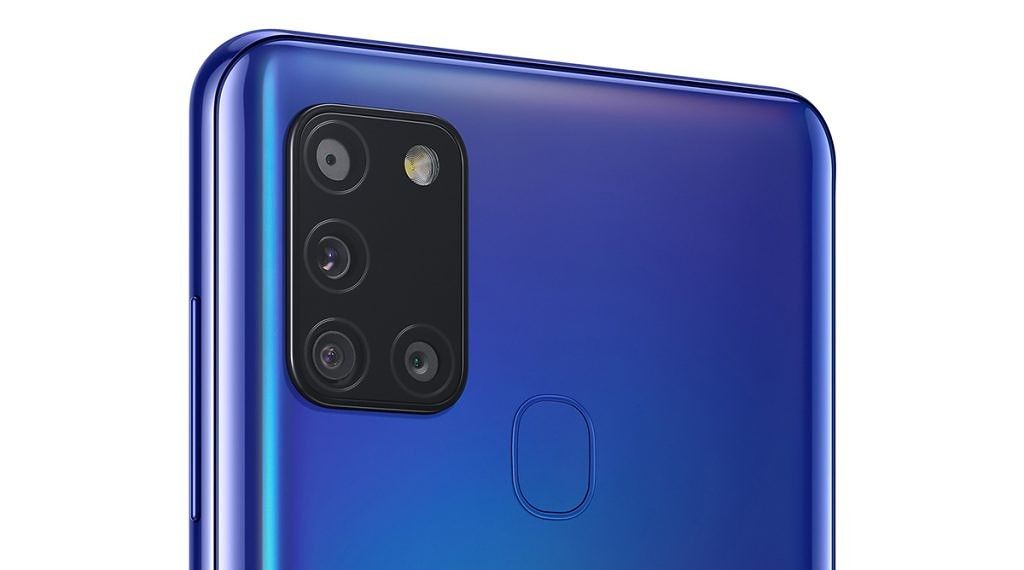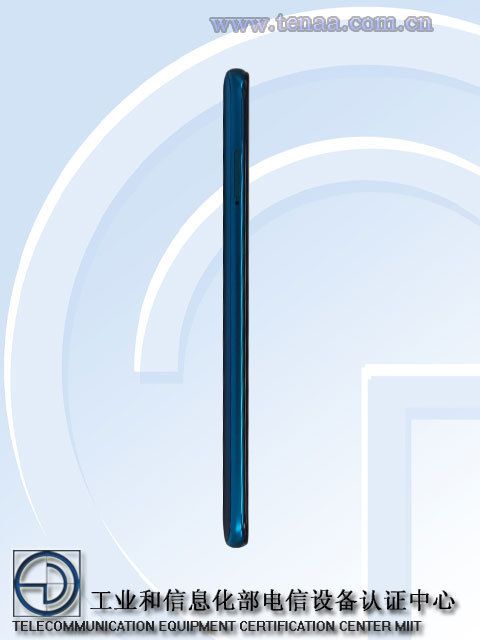5G is the next big leap in network technology, serving as the successor to the now-omnipresent 4G. This new jump forward promises greater bandwidth and faster download speeds. In the areas where 5G has rolled out already, we do find this to be true — low-band 5G can deliver up to 250 Mbps in download speeds, mid-band 5G can go up to 900 Mbps, while mmWave can deliver close to 1.2Gbps and even beyond. Unfortunately, for some countries, like India, 5G is not on the cards right now, and the wait might even get longer as the government is mulling a deferment of 5G spectrum auctions all the way to 2021.
Spectrum auctions in India were expected to be conducted in April 2020, but the poor health of the country’s telecom industry and the COVID-19 pandemic had put this on the back burner for the foreseeable future. Now, a new report from the Economic Times indicates that the government is likely to split the telecom spectrum auction. Citing people familiar with the matter, only 4G airwaves are expected to be available in the auction in 2020, while the 5G spectrum will be auctioned only in 2021.
The report further goes on to cite officials from the Indian government’s Department of Telecommunication (DoT), pointing that a 5G spectrum auction this year would have attracted few bidders. Further, all three of India’s private operators — Reliance Jio, Bharti Airtel, and Vodafone Idea — unanimously agreed that the base price for the 5G auctions was too high and would not attract bids. Airtel and Vodafone also cite stretched finances and an underdeveloped ecosystem for their desire to have the spectrum sale delayed.
There is also some uncertainty over the quantum of 5g airwaves available as some government ministries have requested premium spectrum for their use. Industry executives, on the other hand, say that the main reason for the delay is the lack of clarity on whether Chinese vendors such as Huawei and ZTE will be allowed to deploy 5G networks in India.
The road ahead for 5G in India
What does this mean for 5G in India in the short term future?
For one, the report needs to translate into a confirmed decision from the government to delay the auction. The industry does expect the auction to be delayed, and we noted the same in our recent coverage, so the proposed plans do not come as a total surprise. As noted in the report, there are multiple reasons to delay the auction of spectrum, so this decision is likely to come to fruition.
If the government does decide to decouple 5G away from this year’s spectrum auction, it will lead to a cascading effect on the timeline of commercial 5G availability in India. Under previous optimistic timelines, if the spectrum auction would have been complete in mid-2020, and field trials would have begun in 2021, commercial 5G was expected to be made available to average consumers in late 2021-early 2022. Since the auction is expected to be pushed back to some time in 2021, at least seven months away, we can expect all subsequent plans to be pushed back by a corresponding period. Field trials get pushed to late 2021, and commercial availability gets pushed further to mid/late 2022. Remember, this is also on a fairly optimistic timeline, one that presumes that all the expensively-priced spectrum is scooped up in the first auction (and does not necessitate multiple auction rounds as companies decide to stay away due to high prices), with other presumptions such as minimal economic fallout to the telecom sector despite the COVID-19 pandemic, and a swift end and recovery from the pandemic induced lockdown measures. That’s a lot of optimism for our current reality.
Long story short, buying a smartphone in India right now specifically for 5G and “future-proofing” makes even lesser sense with each such development. We’ll update the article with further developments on this topic.
The post Commercial 5G in India is about to suffer a huge setback appeared first on xda-developers.
from xda-developers https://ift.tt/2WSVerC
via
IFTTT











